Bilingual Education in Action at ICU
Update: November 30, 2022This E-Newsletter is mainly for teachers and counselors involved in secondary education, but is open to individuals who wish to subscribe to it. Please fill in the form below and click on the "Subscribe to this E-Newsletter" button.
Subscribe to this E-Newsletter
Message from ICU , No.11 (November 30, 2022 )
Bilingual Education in Action at ICU
Akiko Fujii,
Director, Research Center for Global Language Education
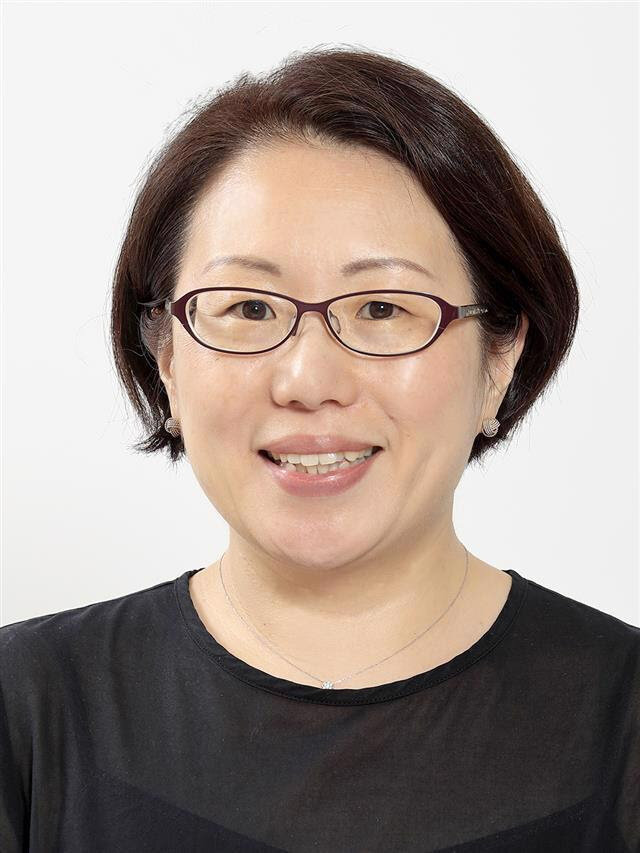 ICU has implemented a thorough bilingual education since its foundation. This is because we believe it is important for our students to take a fresh look at the cultural norms and values ingrained in the society where they were raised. Dialogue with peers from a different cultural environment allows students to reflect on their personal identity. This is why we first require our students to overcome the language barrier to mutual communication by providing rigorous training in English and Japanese.
ICU has implemented a thorough bilingual education since its foundation. This is because we believe it is important for our students to take a fresh look at the cultural norms and values ingrained in the society where they were raised. Dialogue with peers from a different cultural environment allows students to reflect on their personal identity. This is why we first require our students to overcome the language barrier to mutual communication by providing rigorous training in English and Japanese.
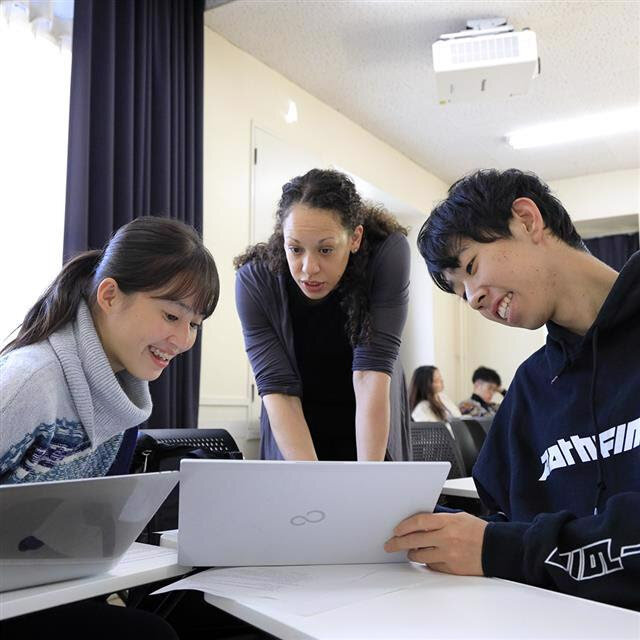 As part of the onboarding process for learning in the liberal arts tradition using English and Japanese, students are trained to read academic articles, understand lectures, participate in discussions and write academic papers in both languages. First year students who need to improve their English language skills take courses in the English for Liberal Arts programthat continues into their sophomore year.
As part of the onboarding process for learning in the liberal arts tradition using English and Japanese, students are trained to read academic articles, understand lectures, participate in discussions and write academic papers in both languages. First year students who need to improve their English language skills take courses in the English for Liberal Arts programthat continues into their sophomore year.
Those who need to work on their Japanese skills take courses in the Japanese Language Programs. When students delve into their major, they make decisions for their course of study by considering the syllabus and the instructor from courses offered in both Japanese and in English. Faculty offer courses in English or Japanese according to their course content, as well as student need and demand.
"J" Courses*1
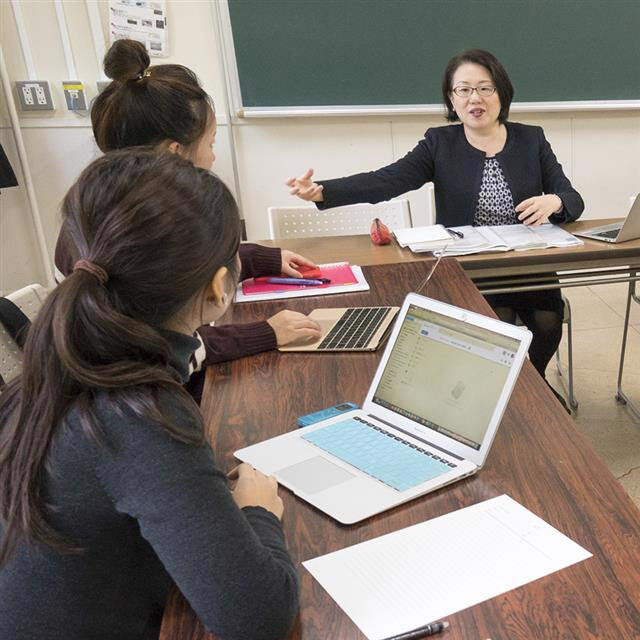 "Language Education," a general education course I recently taught was labelled "J," meaning that the language used for coursework would be mainly Japanese. But English was not prohibited; students with anxieties about writing a report in Japanese could submit their work in English. For this particular course, the reading assignments were in Japanese, but I could include English sources if necessary.
"Language Education," a general education course I recently taught was labelled "J," meaning that the language used for coursework would be mainly Japanese. But English was not prohibited; students with anxieties about writing a report in Japanese could submit their work in English. For this particular course, the reading assignments were in Japanese, but I could include English sources if necessary.
In this course for freshmen and sophomores, the 70 students in the class were from diverse language backgrounds. More than half had experienced studying in a language other than Japanese overseas or at domestic international schools. But most of them were April entry students, perhaps because it was a "J" course. Over 80% of the class reported that their dominant language was Japanese. When a graduate student gave a presentation on her master's thesis in English as a guest speaker for the class, some of the freshmen were quite excited as it was their first experience with a live lecture in English.
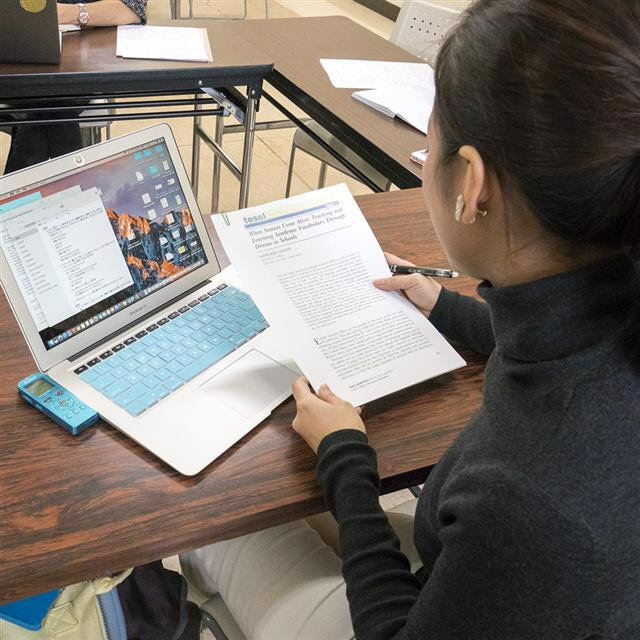 Topics discussed in class included whether it was better to have a native speaker teach English and the relation between English language education and social disparity in wealth. Students took full advantage of employing their dominant language for vibrant discussions, looking for reference materials and summing up their thoughts in a report, all contributing to delving deeply into a topic, expanding their vocabulary, and polishing their communication and logic-building skills. The ten students whose mother tongue was not Japanese taking courses in the Japanese Language Programs, also took an active part in group discussions and presentations.
Topics discussed in class included whether it was better to have a native speaker teach English and the relation between English language education and social disparity in wealth. Students took full advantage of employing their dominant language for vibrant discussions, looking for reference materials and summing up their thoughts in a report, all contributing to delving deeply into a topic, expanding their vocabulary, and polishing their communication and logic-building skills. The ten students whose mother tongue was not Japanese taking courses in the Japanese Language Programs, also took an active part in group discussions and presentations.
Another course I taught, "Language Education Research Methods" labelled "E," was for juniors preparing to write their senior thesis in language education. The lectures, readings, and discussions were mainly in English. Of the eleven students in the class, five had grown up in Japan with a purely Japanese educational background. It was gratifying to see how comfortable they seemed using English for coursework. The others were September entry students, including those who had started studying Japanese at ICU. Three had studied for many years in an English-speaking environment. The class worked together on group projects, studied research methods, collected data using both languages as needed to complete a project and make a presentation.
Students from a Japanese educational environment
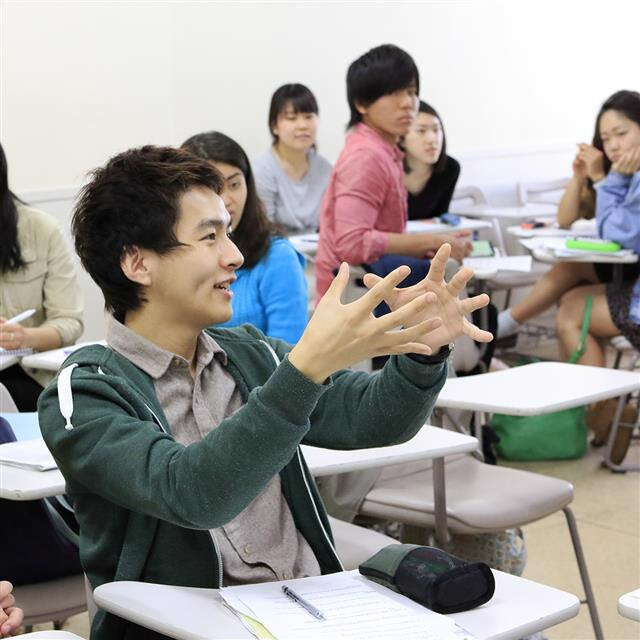 Bilingualism at ICU does not simply mean that we train Japanese students to become fluent in English. Our lofty ideal on the level of Japanese and English competency entails development of academic skills in both languages. Not only do we want students from the Japanese educational system to develop their English skills, but we also strive to make sure they maximize their potential in Japanese.
Scholars in the field of language acquisition and education suggest that developing communication skills in the first language can bring synergistic benefit to acquiring skills in a second language. For those from a Japanese educational background who study English as freshmen, it is very important to have the opportunity to take college-level courses in Japanese.
Bilingualism at ICU does not simply mean that we train Japanese students to become fluent in English. Our lofty ideal on the level of Japanese and English competency entails development of academic skills in both languages. Not only do we want students from the Japanese educational system to develop their English skills, but we also strive to make sure they maximize their potential in Japanese.
Scholars in the field of language acquisition and education suggest that developing communication skills in the first language can bring synergistic benefit to acquiring skills in a second language. For those from a Japanese educational background who study English as freshmen, it is very important to have the opportunity to take college-level courses in Japanese.
Students from an English educational environment
Those who speak English at home and have attended English-speaking schools also need special training to meet the demands of studies at the university level. We also know that students who seem fluent in Japanese need to make up for missed opportunities during their years abroad, to improve reading and writing skills in the language.
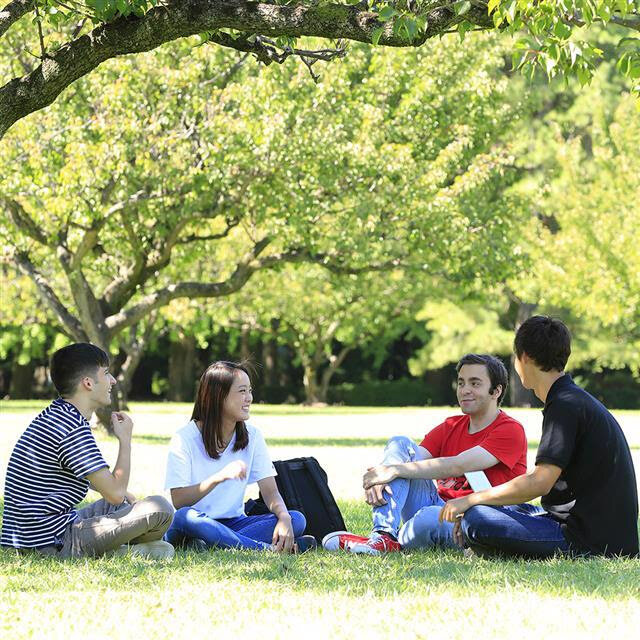 Even those who seem to move effortlessly between two languages, epitomizing the enviable bilingual ideal, may not feel comfortable in either language. Fortunately, students can take Japanese language courses to strengthen their weak points, whether it be kanji, vocabulary or reading and writing skills. Being bilingual at the academic level requires effort. ICU accepts four-year-regular students from the international community who have zero Japanese when they matriculate. The Japanese Language Program prepares them to take courses at the university level.
Even those who seem to move effortlessly between two languages, epitomizing the enviable bilingual ideal, may not feel comfortable in either language. Fortunately, students can take Japanese language courses to strengthen their weak points, whether it be kanji, vocabulary or reading and writing skills. Being bilingual at the academic level requires effort. ICU accepts four-year-regular students from the international community who have zero Japanese when they matriculate. The Japanese Language Program prepares them to take courses at the university level.
Students who have completed the required language programs in Japanese or English, which may be their second, third or fourth language, form a truly bilingual community. We oblige all our students to take courses in both languages so they can develop the academic skills to truly learn and engage in dialogue as part of the ICU community.
*1: "J" and "E" courses
"J" indicates that coursework will be in Japanese, and "E," in English. At ICU, a course is not always offered in the same language: the instructor makes the decision. This means that a "J" course in a certain term may be offered as an "E" in another. Particularly in the "J" courses, faculty may allow students to ask questions, write reports and take tests in English, in accordance with student need based on competency in Japanese.
Akiko Fujii Director, Research Center for Global Language Education
Fujii received her doctorate in language studies from Georgetown University in 2006. She specializes in language education, especially in the acquisition and learning process of a second language, theory and practicum in teaching methods in English language education. She started teaching at ICU in 2016 and chairs the IB Teacher Training Program Committee from 2018. She was appointed Director of the Global Languages Education and Research Center in September 2021.
